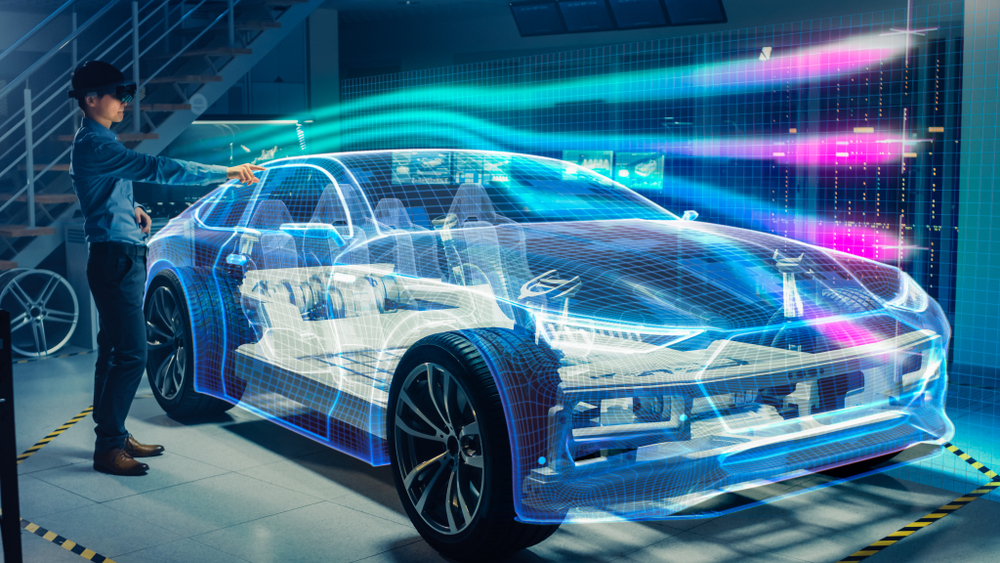The year 2020, has been disruptive for many industries across the board. While the covid-19 pandemic led to a socio-economic crisis of unprecedented proportions, many technological trends have accelerated across the board due to the crisis. The ensuing uncertainty meant that individuals and businesses had to cope with the increasing uncertainty in what seems like a never-ending-story.
The automobile sector too is no different and has had to cope with widespread disruptions. In 2019, India’s automotive industry was already reeling from a sales slowdown. The COVID-19 only made things worse with changing perceptions towards mobility and supply chain disruptions, but it also led to new opportunities with aftermarket growth
Many automobile manufacturers across the world have ramped up local production to demand, and are strategically expanding to ancillary sectors, with a renewed focus on cost-optimization. Let’s delve deeper into why 2021 may be more exciting for the automotive industry, based on insights by McKinsey.
Global supply chain disruption
The pandemic induced changes and geopolitical shifts have had a discernible impact as automotive trade patterns have shifted. While the automotive manufacturers were already witnessing a decline as operating margins fell by 1.2 percentage points worldwide, from 2017 to 2019, but the situation worsened in 2020 as operating margins dropped by an alarming 2 percentage points for automotive players worldwide.
Change in mobility trends
Worldwide, the perceptions towards mobility are changing since the COVID-19 pandemic induced new normal. There is an increasing degree of preference towards small-format mobility or micro-mobility. Despite the electric vehicle (EV) segment being affected by the worldwide slowdown, and the pandemic, adoption could increase again in 2021 for geographies like China and EU. Technology adoption incentives, tax-benefits, and a favorable regulatory framework can play a significant role in the adoption of electric vehicles.
Increased market resilience
In an era of social distancing, vehicle sales have gone down and people are avoiding public transport as well. However, there is an opportunity in the automotive aftermarket with increasing repairs for second-hand and current vehicles. Further, the increased localisation of supply chains coupled with favourable government initiatives shall offer further impetus to the automotive aftermarket.
Role of ecosystem
Industry bodies and national governments could play a critical role in the automotive sector’s recovery. Government could cost effectiveness of automotive manufacturing by bringing down energy and logistics costs. In the Indian context, industry bodies can build on scale and collaborate with the export promotions council. A proactive strategy could help increase India’s share in automobile exports. The automobile industry must build their products based on consumer sentiment and shifting mobility needs. An emphasis on innovation, focus on manufacturing locally, and government collaborations could help the automotive sector emerge stronger in the new normal.
Automobiles as experiential hubs
Automobiles are no longer mediums to get someone from point A to point B. Connected cars shall drive the idea of cars being experiential hubs. The focus of future car design blueprints will be on convenience, multimedia, features-on-demand, comfort, and safety. Perhaps automotives that can drop you at the destination at the click of a button, while you sip on your favourite drink, watch your favourite show, and enjoy the small comforts of life until you arrive at your destination. This change in perception shall also lead to new revenue stream for automotive manufacturers.
Technology for agility
Automation, AI, process digitization, and other technologies are expediting the pace of transformation industry, This could lead to significantly reduced turnaround-times, bring down design engineering costs and lead to unprecedented improvements in the overall value-chains. Undoubtedly, every automaker will have to embrace digital transformation in 2021. The shift from horsepower to computing power is very real in the automotive industry. In some, automobiles in the near future shall be like computers on wheels.
The new normal has only accelerated the technological adoption trends in the automotive industry. Any automobile company who fails to undergo a digital transformation may find themselves as anachronistic as a dodo. Car companies must also embrace a software first approach: Partnering with top software companies or building their software muscle in-house. Automobiles in the near future will be perceived as experiential hubs and automobile manufacturers must espouse a mindset shift first. Tough decisions will have to be made but it will all be worth it as a Knight-Rider like future beckons us.



